The gypsum byproduct from coal-fired plants has a place in farmers’ fields and improving agricultural yields
The mineral gypsum used in drywall and plastering also holds a benefit for crops. Gypsum is concentrated is pockets in the Earth and is usually extracted through conventional mining. Now, a soil scientist at Ohio State University has found a quicker, more efficient way to obtain high-grade gypsum in large enough quantities to be used […] Read moreStories by Ron Lyseng

High hopes for high-horse, high-end fixed frame tractors
Kris Mayerle runs eight high-horsepower tractors on his 21,000-acre farm, with an array of bright North American paint schemes. Then, for 2018 he added a new olive green Fendt 1046. The size of his farm and variety of crops, demands a lot of tractor power. But when you compare the dollar-to-power ratio, his off-green 460 […] Read more
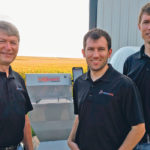
Potential productivity calculation depends on sprayer fill time
A bigger implement isn’t necessarily a more cost-effective implement. With sprayers for example, the longer fill time of a bigger sprayer may cut into potential return on investment. Smaller is sometimes smarter. Size is a major consideration in any new sprayer decision. While a larger sprayer is more productive, a grower should try to achieve […] Read more
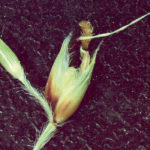
Wild relatives good for something after all
We all know that plants produce flowers so those flowers can, in turn, produce seeds for the next generation. That’s the way it’s always been and shall remain, we assume. But what about plants that produce flowers that do not, in turn, produce seeds? Do they produce flowers just to look pretty? You or I […] Read more
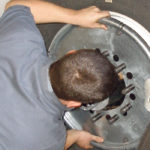
Balance tires and wheels with balls not beads
Out of balance tires take a toll on the machine, the operator, the fuel bill and the tires themselves. However, keeping tires in balance can also be a time-consuming nuisance. Many truckers and farmers thought balancing beads inside the tire might provide the answer, and they might have for some people. However, concern has been […] Read more
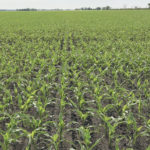
Tight rows squeeze out huge corn yield
The cornucopia of a 284-bushel corn crop is something we might see in Iowa, but to find a yield this big in Manitoba would come as a surprise for most producers. Yet 284 bu. per acre with 52-pound bushel weight was the winner in the 2018 Manitoba Corn Growers annual yield competition. Planting Pioneer HiBred […] Read more

U.S. corn competition winner grew 521 bu. per acre
In Western Canada, 284-bushels-per-acre corn can win a competition. But in the United States, you’ll need 521 bu. to get the win. Georgia corn grower Randy Dowdy grew 521 bu. per acre three years ago to win top spot in the National Corn Growers Association yield contest. The big crop was grown on a no-till, […] Read more
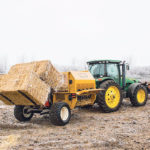
Ravage saves time by rapidly ripping, devouring bales
BRANDON — Efficiency in the feedlot is important, especially when you’re processing a lot of bales daily, the wind is howling and the temperature is -30C. Time management takes on new meaning. Time management and efficiency were foremost in the minds of engineers at Elmer’s Manufacturing as they designed the new Ravage Bale Processor, says […] Read more

Probes reveal soil moisture’s many secrets
Soil moisture probes have been around for a long time, but they remain one of those mysterious agricultural instruments that only a small handful of people attempt to understand or use. “Part of the problem is people don’t trust the information,” says Ryan Hutchison of South Country Equipment in Saskatchewan. He was at Crop Connect […] Read more
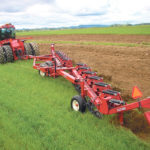
Moldboard plow no longer a dirty word
Once vilified as the devil’s own tool, the moldboard has recently been vindicated as soil erosion problems persist
Steady gains in crop productivity do not reflect the ongoing loss of prairie topsoil. While crop residue may reduce water and wind erosion, “tillage erosion” is a deceptively hidden enemy. Productivity gains are traced to better varieties, better crop protection products, better fertility and vastly improved implement technology and field management capabilities, says University of […] Read more



